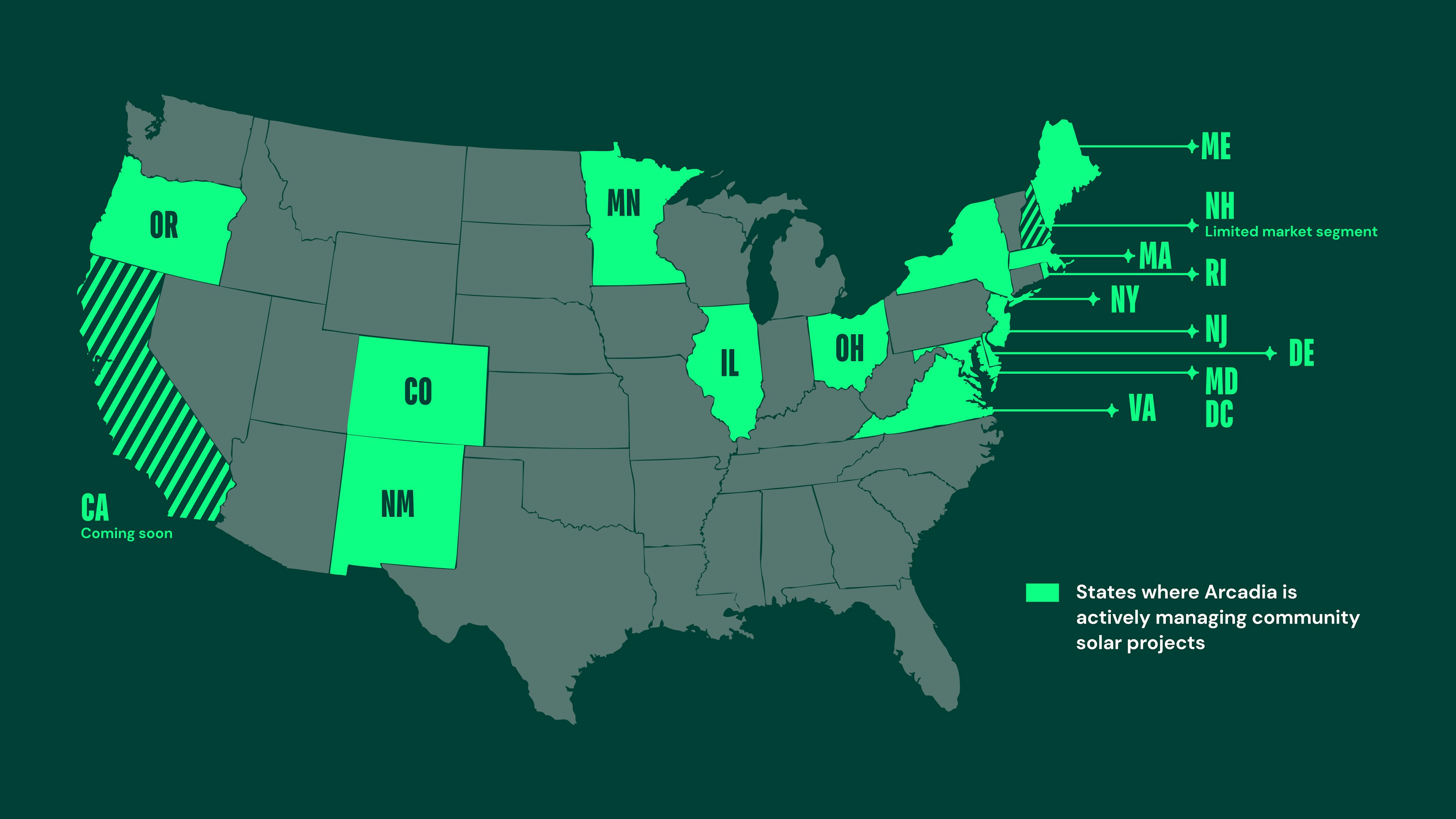7 Ways Coal is Impacting Wildlife
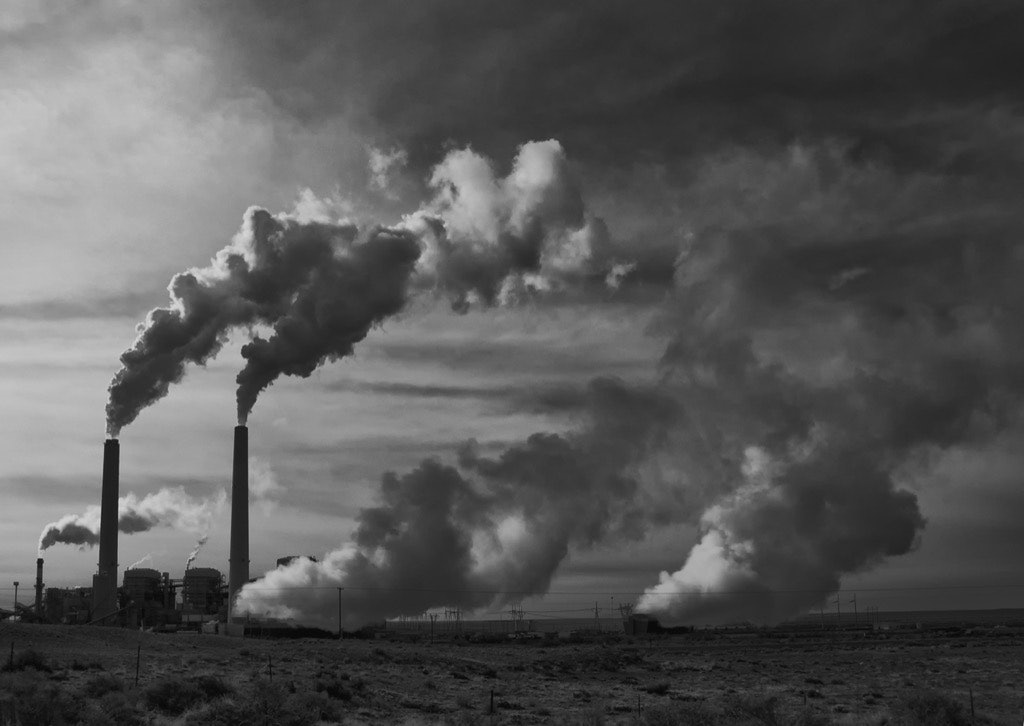
One of the most common criticisms of renewable energy sources like wind and solar is that they harm birds. This concern for birds is a valid one and should not be taken lightly, but the reality is that the number of birds killed by renewable energy sources is a mere fraction of the number killed by coal. Take a look at this data compiled by U.S. News & World Report that shows just how wide the gap is:
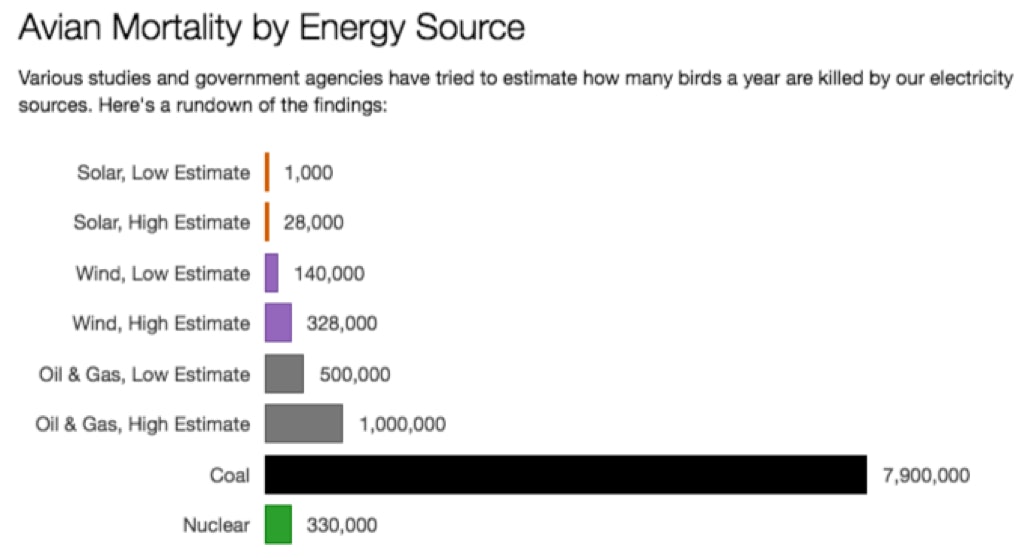
And birds aren’t the only species affected by coal. Check out the list below to learn about seven ways that coal is impacting our precious wildlife.
Habitat destruction
Coal extraction requires significant land clearance. This begins by clear-cutting and burning forests. Then, in order to reach underground coal seams, miners must remove huge amounts of soil and rock; destroying wildlife habitat. One particularly destructive form of surface mining, called mountaintop removal, literally involves blasting apart the top of a mountain and pushing the soil and rock into nearby valleys. As you can imagine, surface mining turns lush forests into barren wastelands and forces any wildlife that survives to find a home elsewhere.
Air pollution
Emissions from coal-fired power plants are the leading source of smog, acid rain, and toxic air pollution. Sulfur dioxide, nitrogen oxides, particulate matter, mercury, carbon monoxide, and arsenic are just a few of the harmful pollutants emitted by coal plants on a daily basis. These pollutants cause a variety of respiratory and cardiovascular diseases that impact not only humans, but wildlife as well.
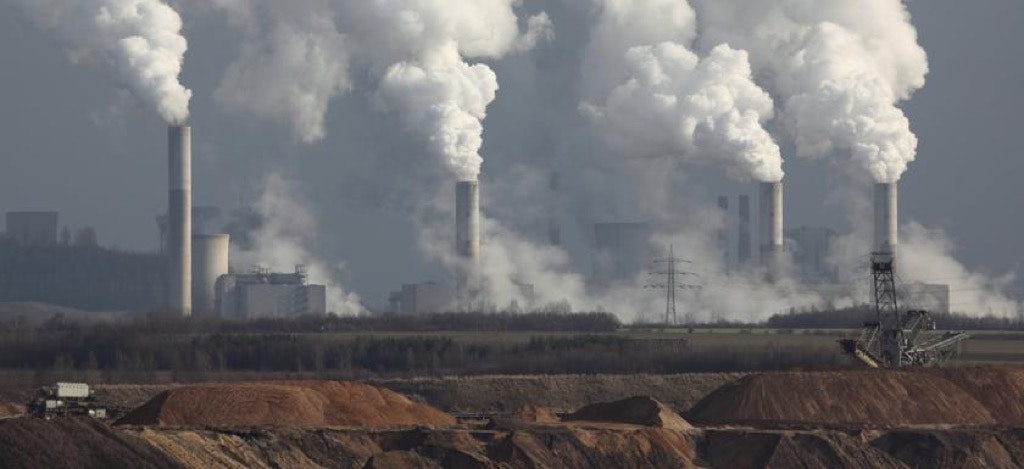
Coal ash spills
Coal ash is the toxic waste generated by coal-burning power plants. This toxic sludge can be stored in coal ash ponds that are too often improperly safeguarded against leaks and breaches. This negligence has resulted in numerous spills that have devastated natural wildlife habitat. Many will remember the 2008 TVA Kingston Fossil Plant coal ash spill in which 5.3 million cubic yards of coal ash spilled into the Emory and Clinch Rivers in Tennessee and covered about 300 acres of land, resulting in the nation’s largest coal-ash spill in history.
Water pollution
Coal mining impacts aquatic wildlife in several ways. As noted above, both mountaintop removal and coal ash spills can result in harmful pollutants entering our waterways. Coal-fired power plants are also responsible for dumping millions of tons of toxic metals into our surface water each year. According to the EPA, coal plants are the source of 72% of all toxic water pollution in the United States. One of the most noticeable effects of coal mining on water is acid mine drainage, or the outflow of acidic water from coal mines into nearby rivers and streams. Acid mine drainage disrupts the growth and reproduction of aquatic plants and animals and can result in the loss of aquatic life.
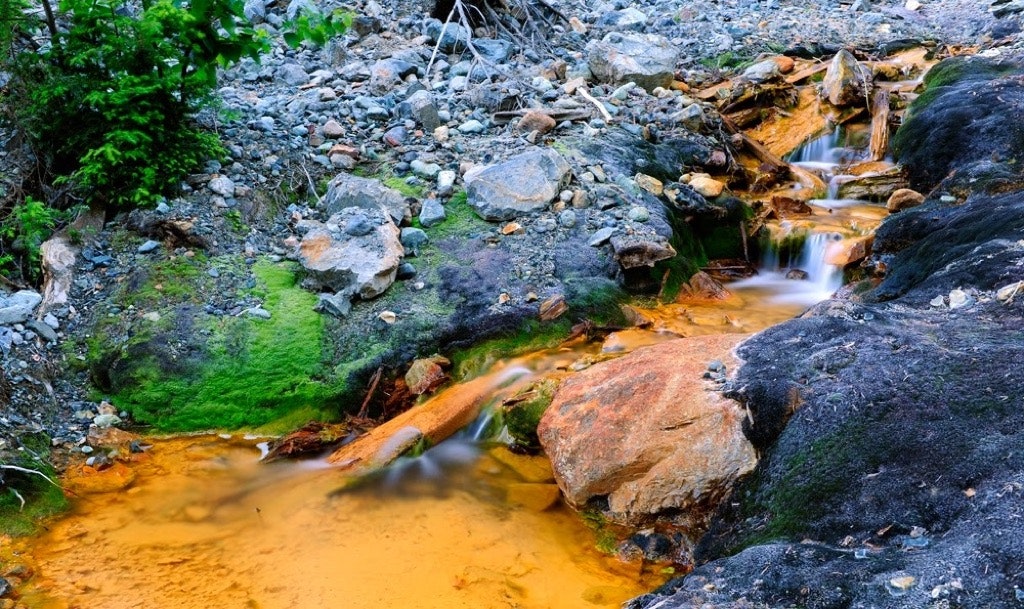
Coal dust
The dust created by the crushing and processing of coal causes a host of problems for wildlife. In addition to potentially severe heart and respiratory problems, coal dust can impair the ability of leaves to photosynthesize and oxidizing coal particles can settle in waterways, reducing the oxygen available for aquatic wildlife.
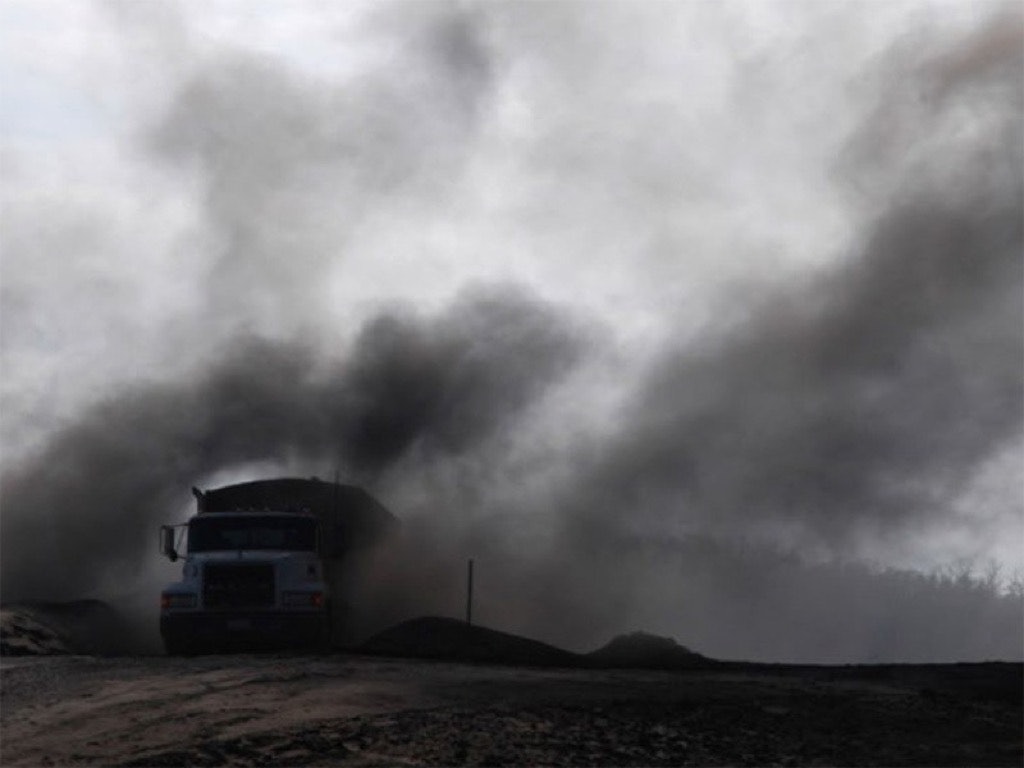
Mercury deposition
Coal-fired power plants are the largest source of toxic mercury contamination in the United States. Fish are particularly susceptible to mercury poisoning, but scientists have also found mercury accumulation in birds, mammals, reptiles, and amphibians. The primary consequences of mercury poisoning are reproductive and neurological problems. According to the National Wildlife Federation, “fish have difficulty schooling and decreased spawning success, birds lay fewer eggs and have trouble caring for their chicks, and mammals have impaired motor skills that affect their ability to hunt and find food.”
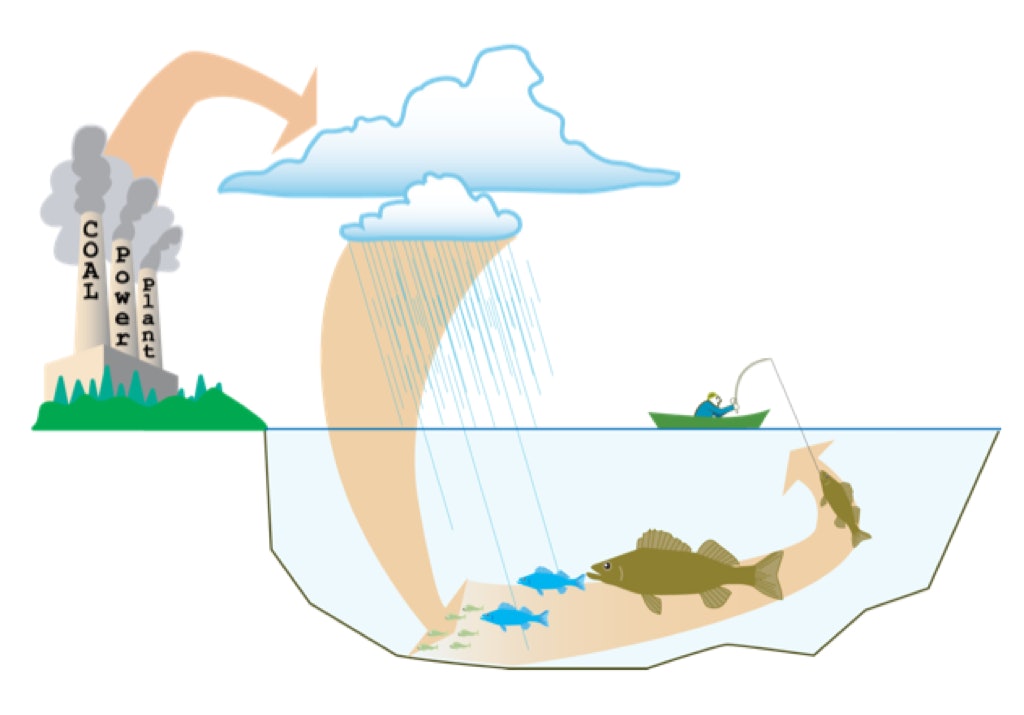
Climate change
Lastly, coal-fired power plants are a leading source of CO2 and other greenhouse gas emissions. If we don’t curb these emissions, climate change has the potential to significantly alter ecosystems and cause mass species extinctions. From rising ocean temperatures to more frequent natural disasters, climate change is already impacting wildlife. Scientists have learned that some species are having difficulty adapting or moving fast enough to more suitable areas. According to the National Wildlife Federation, “unless significant action is taken now, global warming will likely become the most important factor to affect wildlife since the emergence of mankind.”
All of this isn’t to say that renewable energy is perfect. Every form of energy generation is going to impact the natural world in one way or another. But with that said, it is important to think about the scale of the impact and subsequent benefit. For renewable energy, the scale is small and the benefit is enormous. On top of that, strategies to further reduce impacts on wildlife are continuously researched and developed. From bladeless wind turbines to bird deterrence technology, conservationists should rest easy knowing that the renewable energy industry cares about wildlife just as much as they do.
The bottom line is, wildlife conservation and renewable energy go hand in hand. So ask yourself, if you’re fighting against renewable energy, what are you fighting for?

